Idea by
Jean-Philippe De Visscher - Gérald Ledent
KIS studio
Call for ideas 2016
The Room and the Territory
The Room and the Territory

We live in a world of uncontrollable change leading to perpetual adaptation. However, “the rapid obsolescence of all too specific solutions leads not only to dysfunctionality but also to serious inefficiency” [Hertzberger, 2001]. Therefore, instead of addressing immediate change, one could try to figure out what is resilient to change.
On the smallest scale, the archetypal room is the most resilient feature in human abodes. This resilience allows for secondary elements to evolve. First, it allows for various formal expressions. Second, it allows for functional transformation. Third, it allows for technical adaptability.
On the largest scale, the territory is the underlying condition that shapes human settlements. Topography and hydrology form the primary structure wherein secondary elements can evolve. Specific historical contexts lead to specific ways of investing these territorial structures. However varied these settlements, territorial structures ensure a minimal continuity.
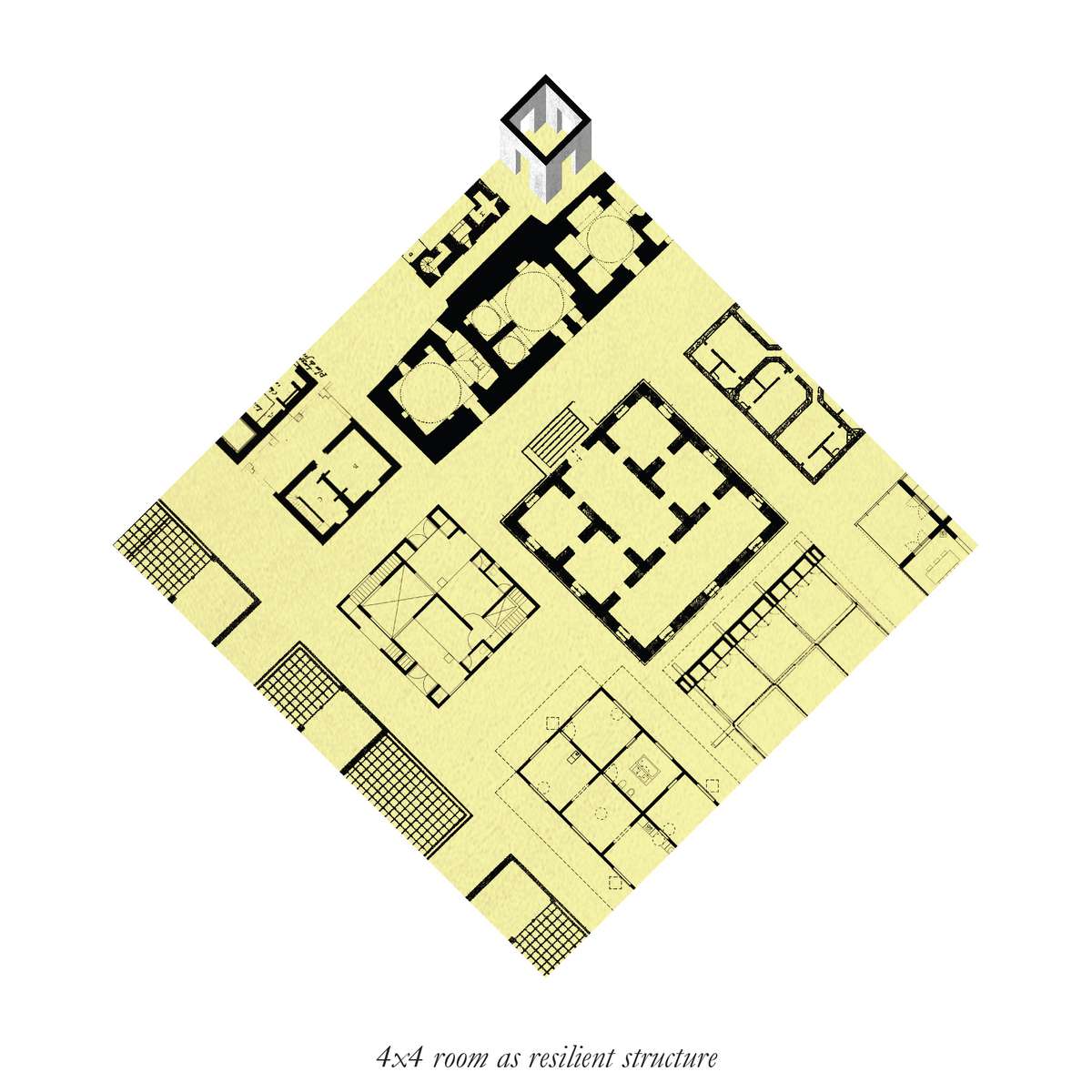
Through residential typologies’ history, the 4x4 meter room is a recurrent theme. Many vernacular display such a room as a basic component. It is also a key element in many classic architecture treatises dealing with domestic issues. Later on, explorations on minimal dwelling have also brought to light the permanence of the 4x4 meter room. It is also the basis of post-modern typo-morphological theories. Nowadays, the scheme is resurgent in many contemporary projects.
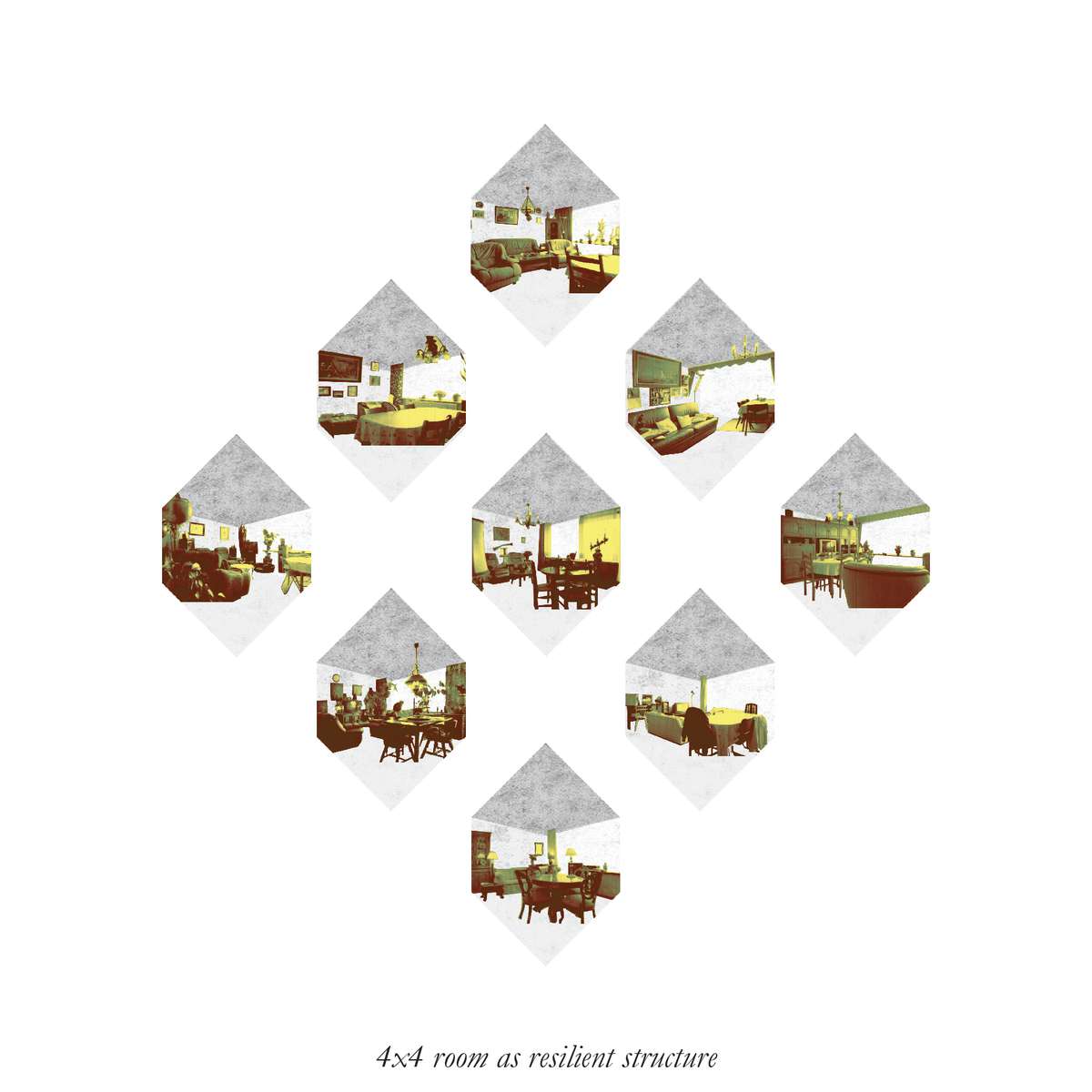
We believe that the resilience of the 4x4 meter room is due to its exceptional polyvalence. As an example, these pictures taken inside the “Cité Modèle” in Brussels highlight the many possibilities in terms of uses. Moreover, its adaptability to almost any construction technique or stylistic feature can also be pointed out. As such, the 4x4 meter room is a basis for sustainable residential design.
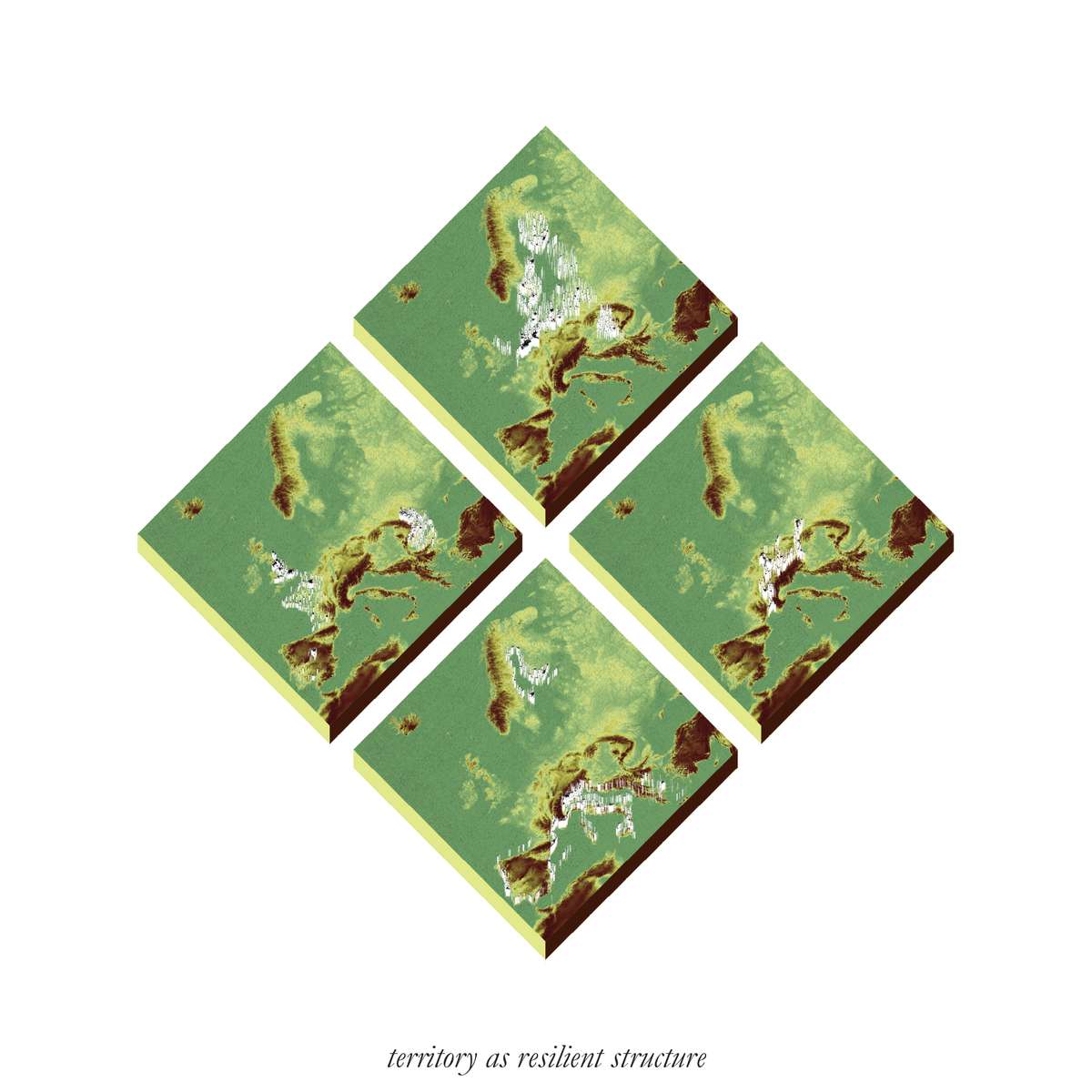
The physical structures of the territory shape the development of cities beyond specific historical or cultural contexts. As an example, these maps highlight the four topographic structures of the European metropolis. The low land metropolis is made of horizontal sprawl. The hinterland metropolis is made of a network of major and secondary poles. The valleys and coastal metropolis are linear urban development along rivers and seaside.

Territory is more than a physical condition. It is also an important cultural feature: a landscape. Beyond our complex and evolving identities, landscape is a stable and common reference for anyone of us.
We believe that the future of architecture lies in its most resilient and sustainable features: the room and the territory. Their silent steadiness allows for varying contingencies.
The Room and the Territory
The Room and the Territory

We live in a world of uncontrollable change leading to perpetual adaptation. However, “the rapid obsolescence of all too specific solutions leads not only to dysfunctionality but also to serious inefficiency” [Hertzberger, 2001]. Therefore, instead of addressing immediate change, one could try to figure out what is resilient to change.
On the smallest scale, the archetypal room is the most resilient feature in human abodes. This resilience allows for secondary elements to evolve. First, it allows for various formal expressions. Second, it allows for functional transformation. Third, it allows for technical adaptability.
On the largest scale, the territory is the underlying condition that shapes human settlements. Topography and hydrology form the primary structure wherein secondary elements can evolve. Specific historical contexts lead to specific ways of investing these territorial structures. However varied these settlements, territorial structures ensure a minimal continuity.
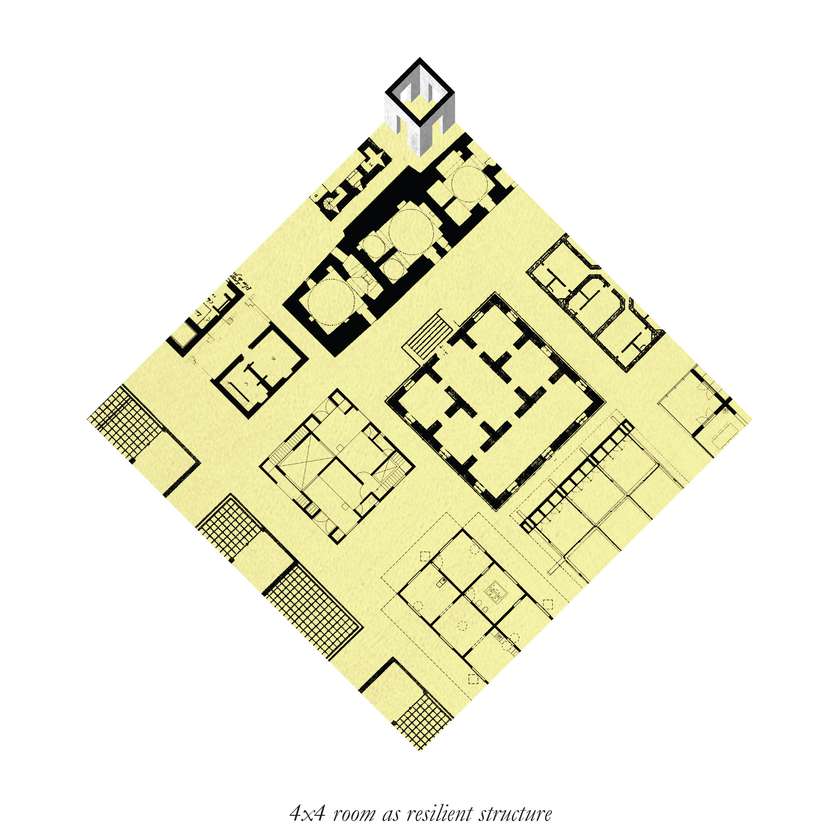
Through residential typologies’ history, the 4x4 meter room is a recurrent theme. Many vernacular display such a room as a basic component. It is also a key element in many classic architecture treatises dealing with domestic issues. Later on, explorations on minimal dwelling have also brought to light the permanence of the 4x4 meter room. It is also the basis of post-modern typo-morphological theories. Nowadays, the scheme is resurgent in many contemporary projects.
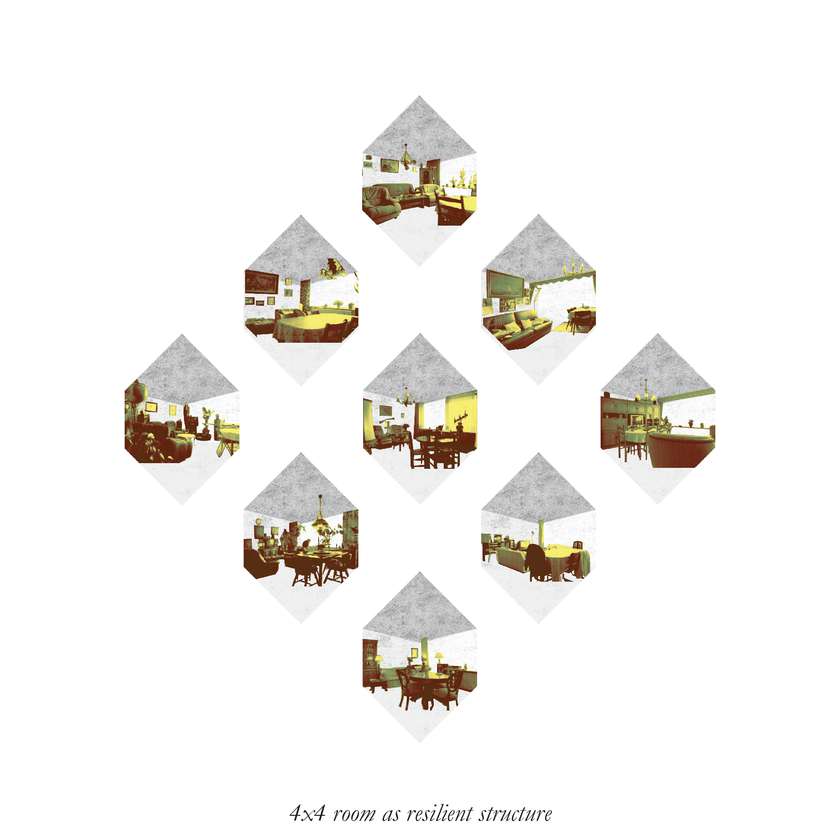
We believe that the resilience of the 4x4 meter room is due to its exceptional polyvalence. As an example, these pictures taken inside the “Cité Modèle” in Brussels highlight the many possibilities in terms of uses. Moreover, its adaptability to almost any construction technique or stylistic feature can also be pointed out. As such, the 4x4 meter room is a basis for sustainable residential design.

The physical structures of the territory shape the development of cities beyond specific historical or cultural contexts. As an example, these maps highlight the four topographic structures of the European metropolis. The low land metropolis is made of horizontal sprawl. The hinterland metropolis is made of a network of major and secondary poles. The valleys and coastal metropolis are linear urban development along rivers and seaside.
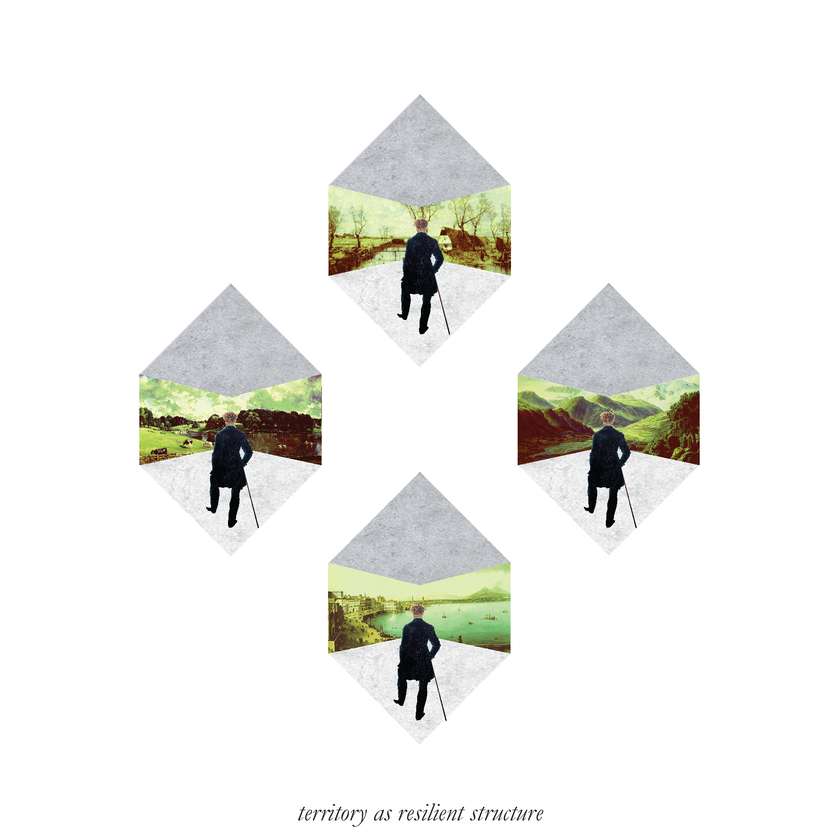
Territory is more than a physical condition. It is also an important cultural feature: a landscape. Beyond our complex and evolving identities, landscape is a stable and common reference for anyone of us.
We believe that the future of architecture lies in its most resilient and sustainable features: the room and the territory. Their silent steadiness allows for varying contingencies.